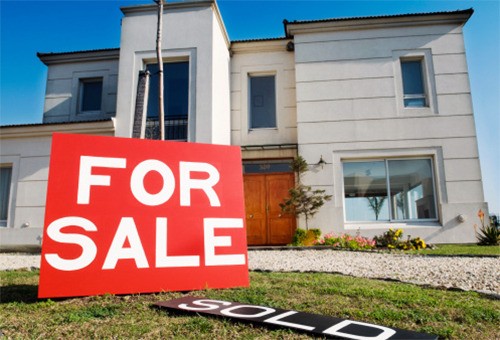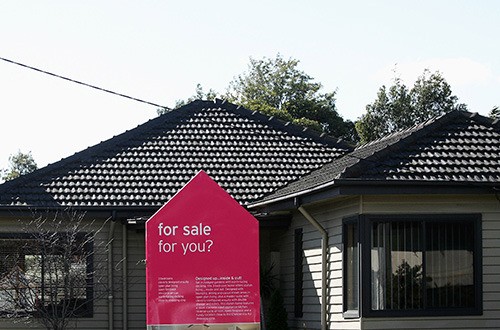How to use an investment property to buy your first home Yahoo7 Yahoo7 Personal Finance
Post on: 31 Май, 2015 No Comment

In mountain climbing, there is something known as a false peak. This can appear as a climber ascends to what looks to be the top of the mountain only to discover it is nothing more than a ridge which has obstructed the real peak behind it.
This can be disheartening because of all the hard work that has gone into the trek thus far not to mention the discovery that there is still some way to go before the true summit is reached.
Buying your first home is a bit like this. You’ve got to go through the hard work of saving a deposit, often taking years.
But the deposit itself is not the final destination. It is only the ridge.
The true destination will only be reached when the final mortgage payment is made and you own your home outright. In the meantime, you’ve got to make your regular mortgage payments on time every time, otherwise you’re going to struggle to make it to the top.
Bridging the deposit gap and ongoing mortgage affordability are two big obstacles first time buyers face in their quest to become home owners.
For many it’s a mountain too high to climb. So how can they move into their first home if their deposit isn’t big enough or they can’t afford the mortgage payments? One way, as strange as it may seem, is to buy an investment property and use it as a stepping stone into their first home.
Also read: How to make your rental property work harder
An investment property can help in three ways:
1. By delivering rent
You may find a property you’d like to call home but can’t quite afford to buy it just now. The solution – rent it out and get a tenant to help pay off your mortgage until such time as your finances improve. When this happens, you could move in.
You would have to buy and borrow wisely but this approach would help your cash flow and could accelerate your loan repayment if you combine with your tenant and contribute more than the minimum mortgage payments.
Also read: Are foreign buyers buying up Australia?
2. By generating capital growth
You could buy in a suburb that offers high capital growth potential. This could be somewhere you may or may not want to live. After a few years you could sell your property and use the after tax proceeds to help fund your new home.
You should aim for areas that offer potential returns in excess of other asset classes, like online savings accounts. At the very least, aim for capital growth rates of inflation plus at least two per cent.
This can be an effective way to bridge the deposit gap and if the property performs really well, it could help reduce the amount you ultimately need to borrow to buy your new home, thereby improving affordability and saving on interest and perhaps even Lenders Mortgage Insurance if you can get the loan-to-value ratio to under 80 per cent.
Watch: Pros and cons of renting versus buying

3. By creating equity
Again, you could buy in a suburb that offers high capital growth and instead of selling it you could borrow against the equity you’ve created to help fund your first home.
Just be mindful though that this option requires you to manage the debts associated with two mortgages so you’ll have to do your sums.
As a closing thought, here are some important issues to consider if you plan to explore these options further:
• Make sure you prepare a budget and get independent tax and accounting advice. You need to ensure this approach stacks up financially (cash flow and tax) and is likely to meet your home ownership objectives in a timeframe you’re comfortable with.
• Make sure you understand the risks as well as the rewards of property investing. For instance, you need to be ready to take on the financial and personal responsibility of being a landlord. You also need to remember that investing in property is investing in an illiquid asset – so you may not be able to liquidate your investment as quickly as you would wish.
• Property prices can go down as well as up, so there may be some risk to your capital. Also, you’ll need to set a minimum three to five year time horizon to recoup acquisition costs and generate a decent capital growth.
• Check with your State or Territory whether there is any effect on your eligibility for first time buyer grants and concessions if you buy an investment property first. The criteria for these change regularly so make sure you’re across any developments.
• Keep a close eye on how your investment property is tracking in terms of cash flow and capital growth. Any material divergence needs to be investigated and actions taken without delay.
Peter Boehm is the Finance Editor of onthehouse.com.au which offers a unique information source on virtually every property in Australia and provides data on a property’s sold and rental history as well as current property valuations. The onthehouse.com.au Investor Centre provides research on suburbs, market update reports and calculators to help investors make informed property decisions.














